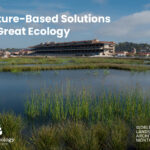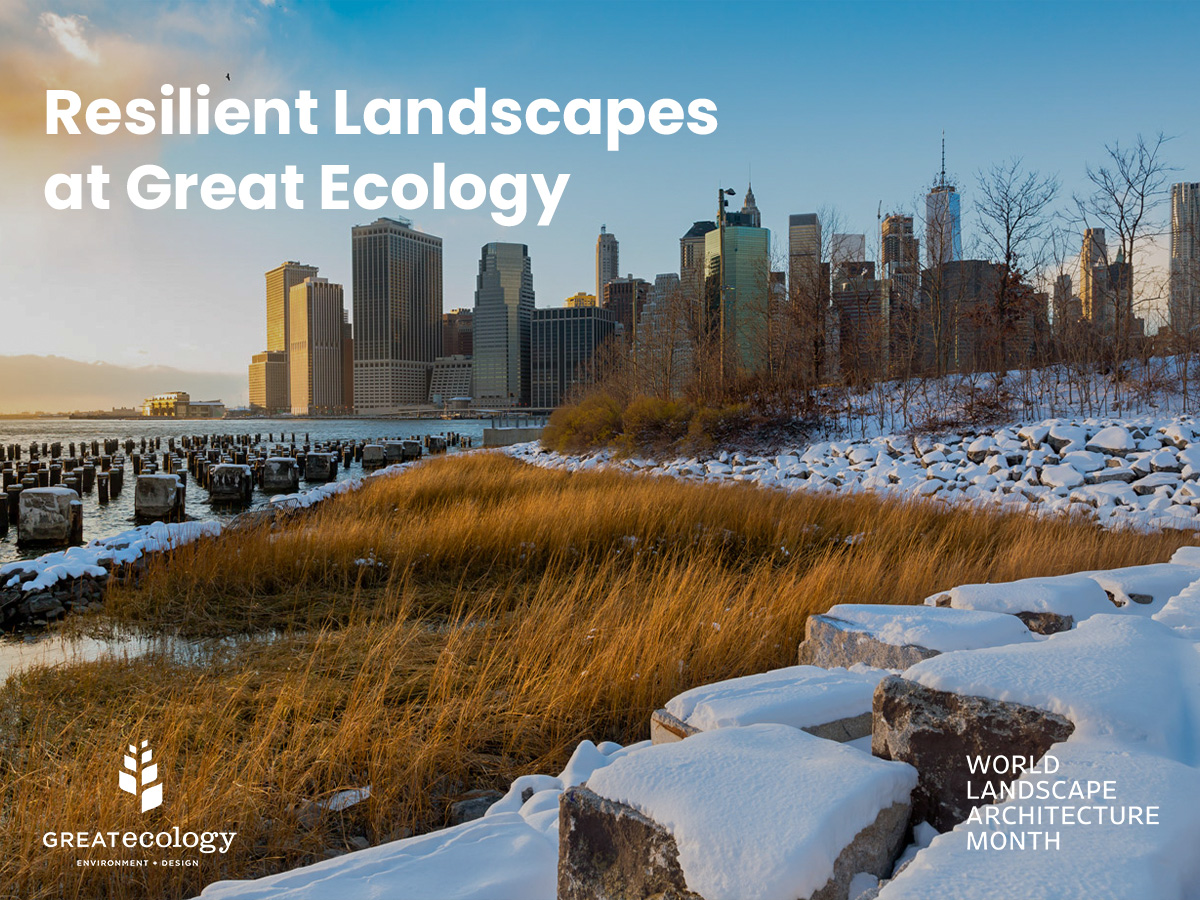Landscape Architecture as Integrated Ecological Design
April 23, 2024Nature-Based Solutions at Great Ecology
April 25, 2024Landscape Architecture as Integrated Ecological Design
April 23, 2024Nature-Based Solutions at Great Ecology
April 25, 2024April 24, 2024
Resilient Landscapes at Great Ecology
As our environment faces greater impacts from climate change, sea level rise, and urbanization, designing spaces and habitats that are both resilient and ecologically viable is a crucial part of what we do as landscape architects. Achieving this balance requires an in-depth understanding of site and regional ecology to inform the creation of designs that fit seamlessly within the surrounding environment. From tailored native seed mixes to soft scape/hard scape mixed shorelines, Great Ecology’s resilient designs take many forms and are often influenced by site-specific needs and regional characteristics.
Some of our recent resilient landscape projects include living shorelines in New York that are protecting coastal communities and critical natural resources from sea level rise and erosion while simultaneously restoring habitats; master plans that are prioritizing habitat restoration and the creation of biodiverse landscapes within parks, towns, and commercial areas; stormwater daylighting that is converting traditional hardscape solutions into softscapes that can better withstand flood events while providing water quality improvement; and tailored native seed mixes for restoration projects in California’s Imperial Valley desert and Denver’s urban green spaces that require less irrigation and provide greater tolerance to climate change.
In addition to the numerous ecological benefits of resilient landscape design, taking a more resilient approach to addressing environmental challenges in urban areas also allows for the creation or enhancement of community access to natural resources. By bringing communities closer to nature, rather than building traditional hardscapes that cut off access, we can address issues like environmental injustice and improve environmental education on the importance of resiliency.





